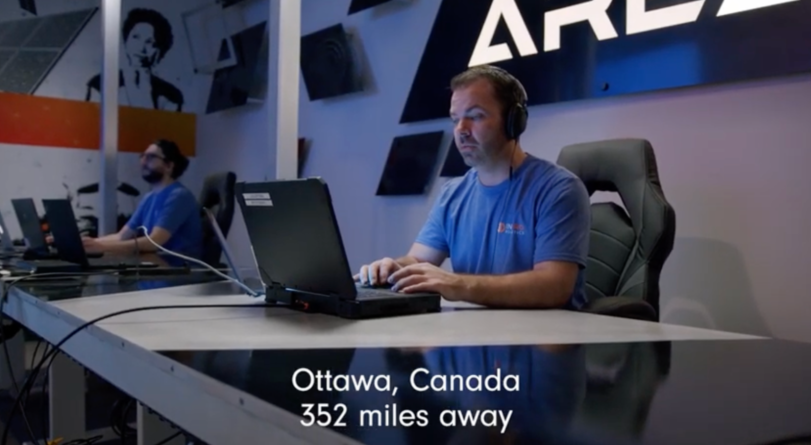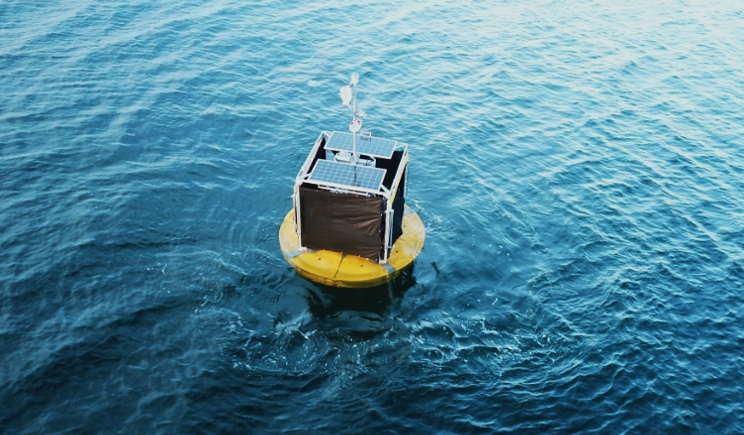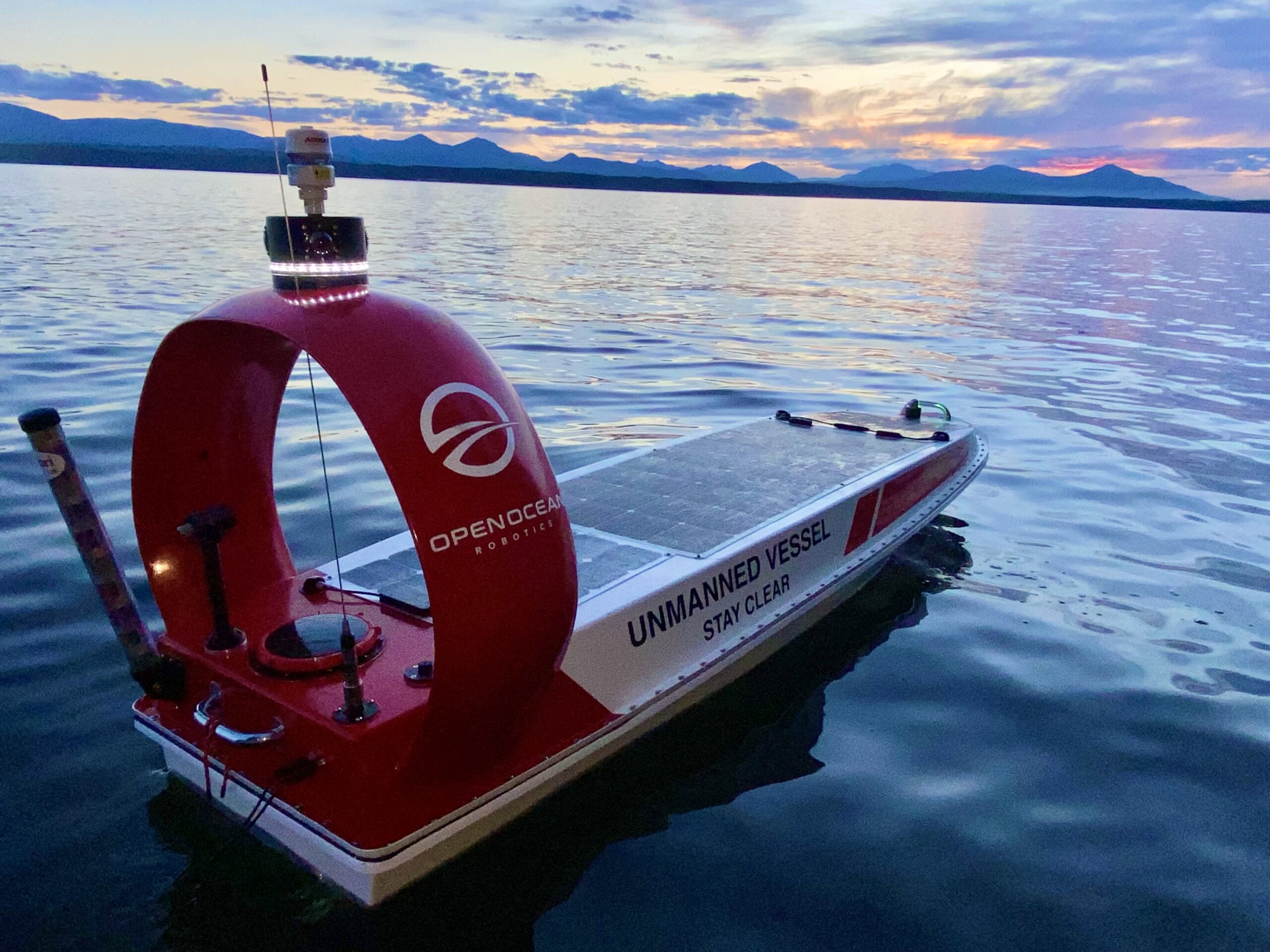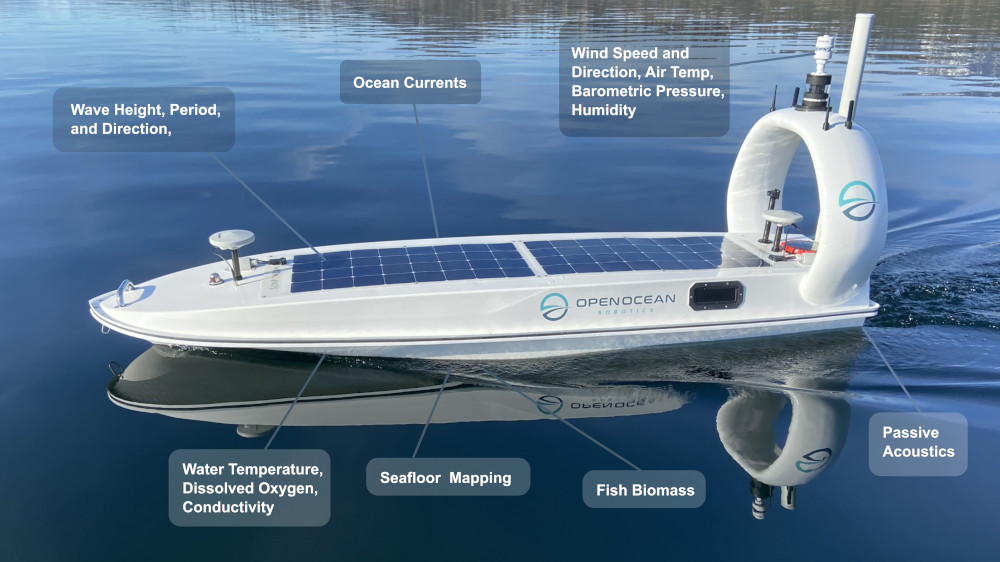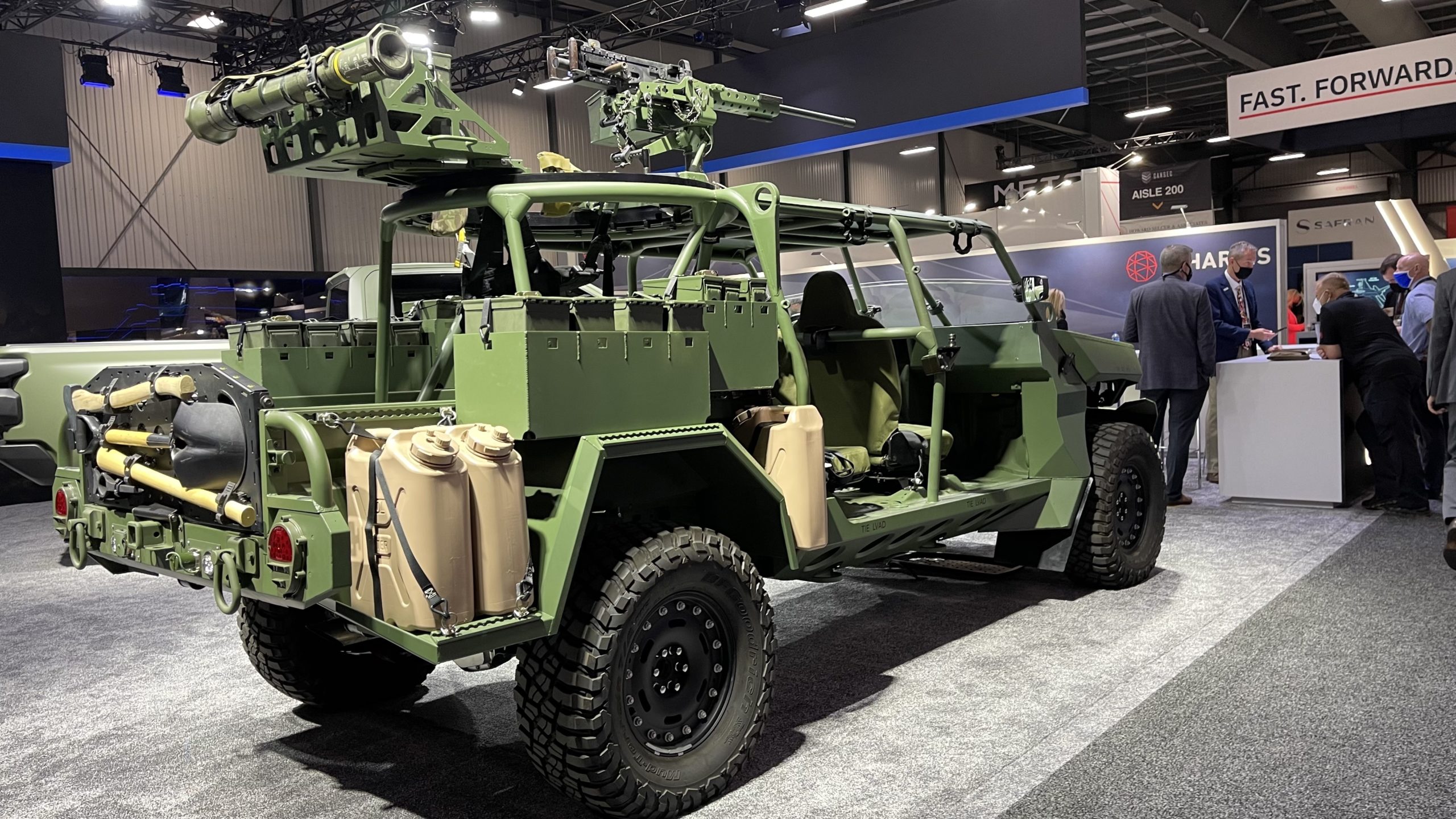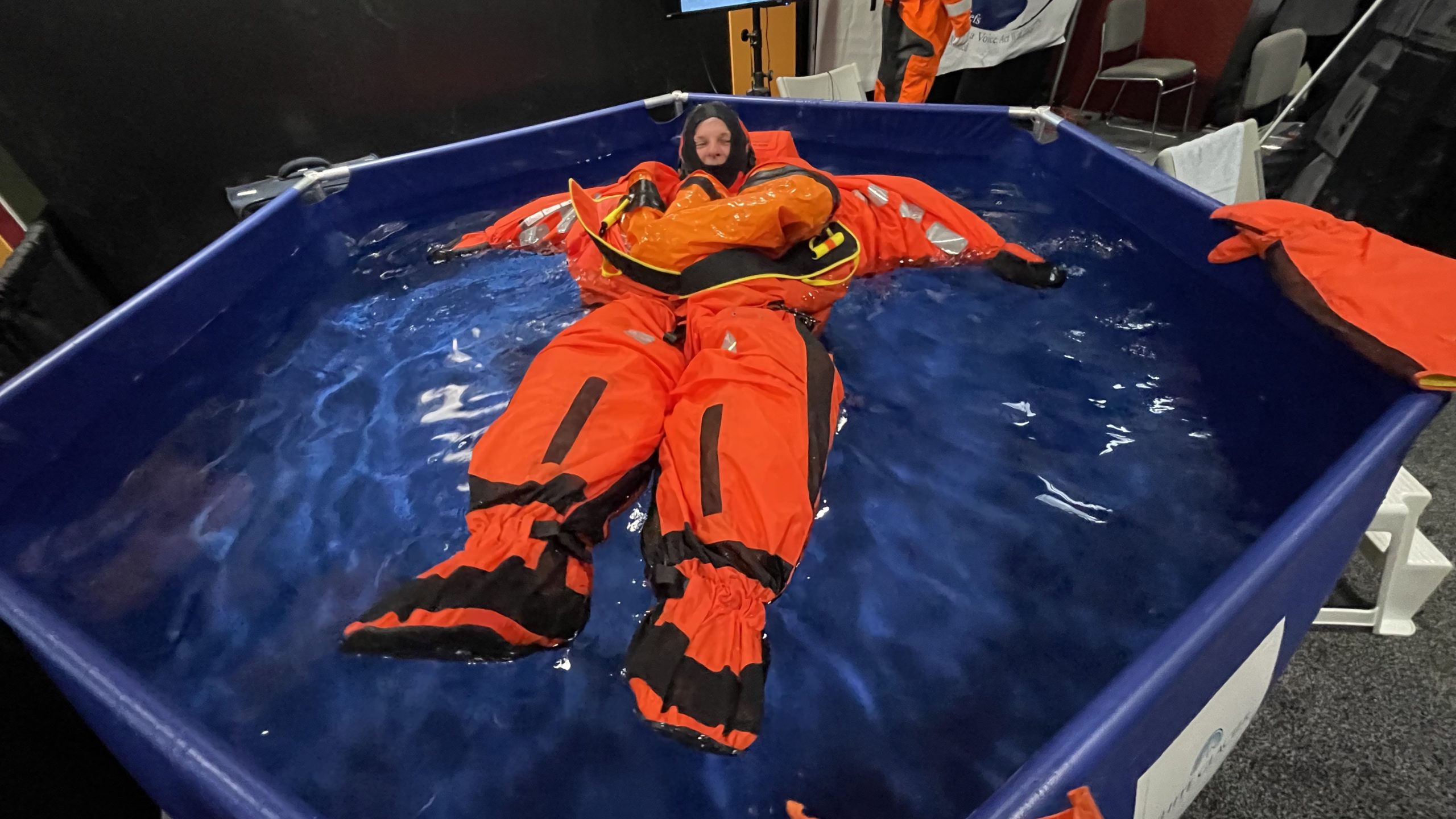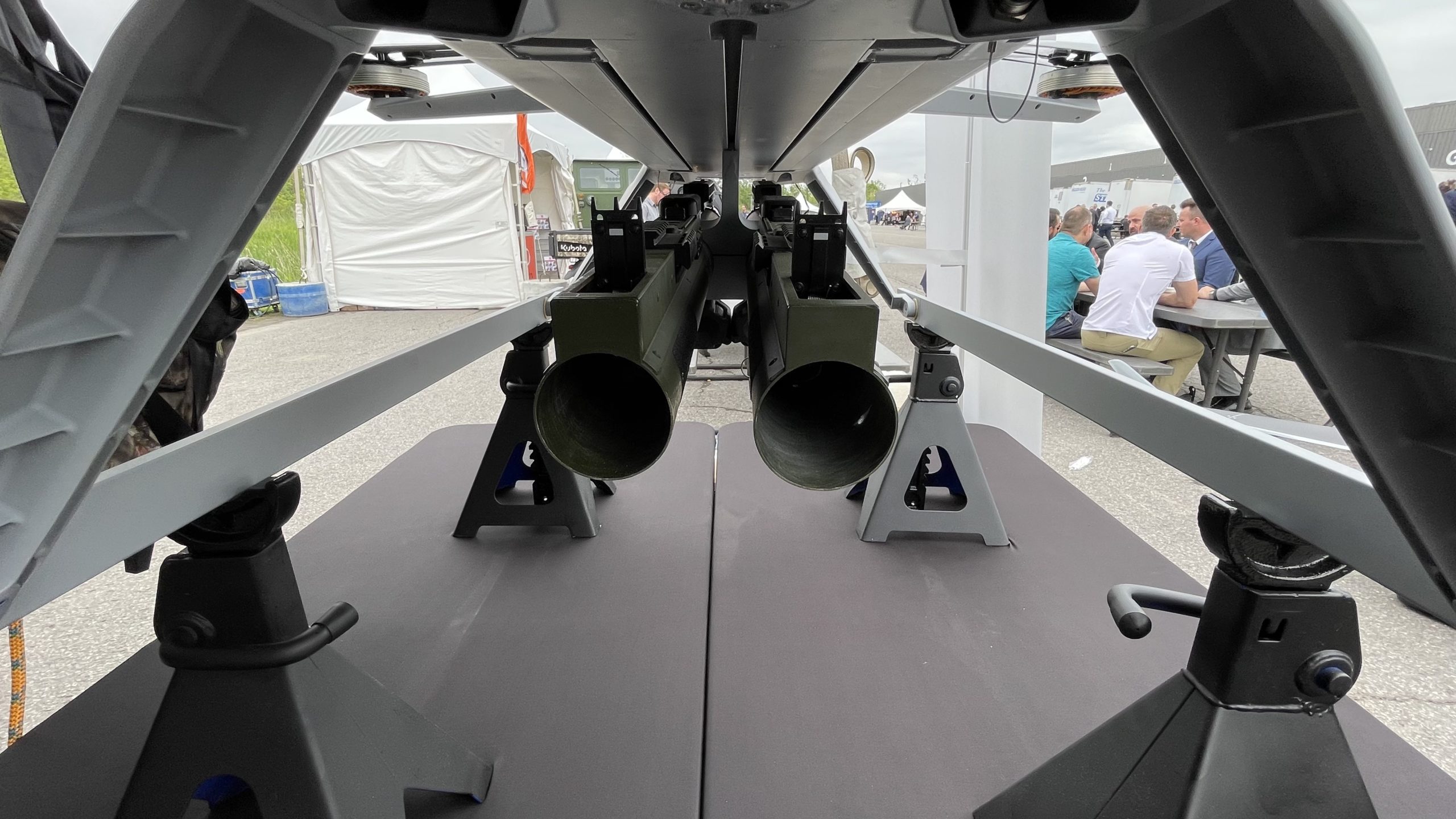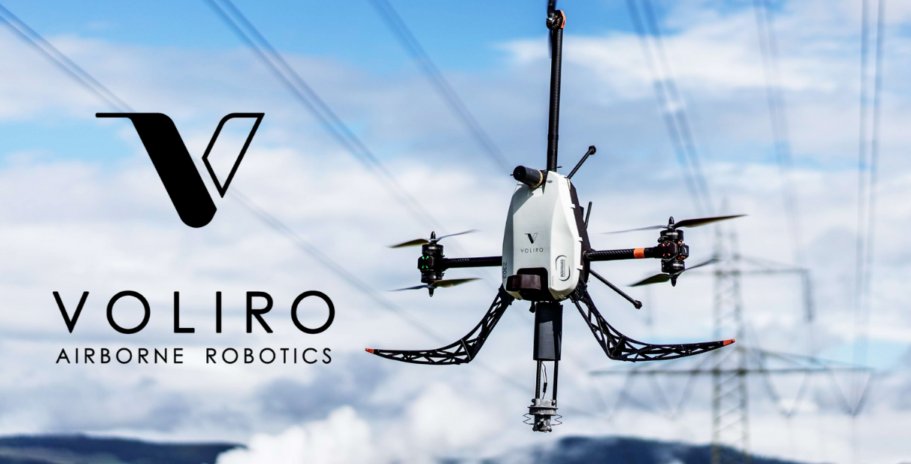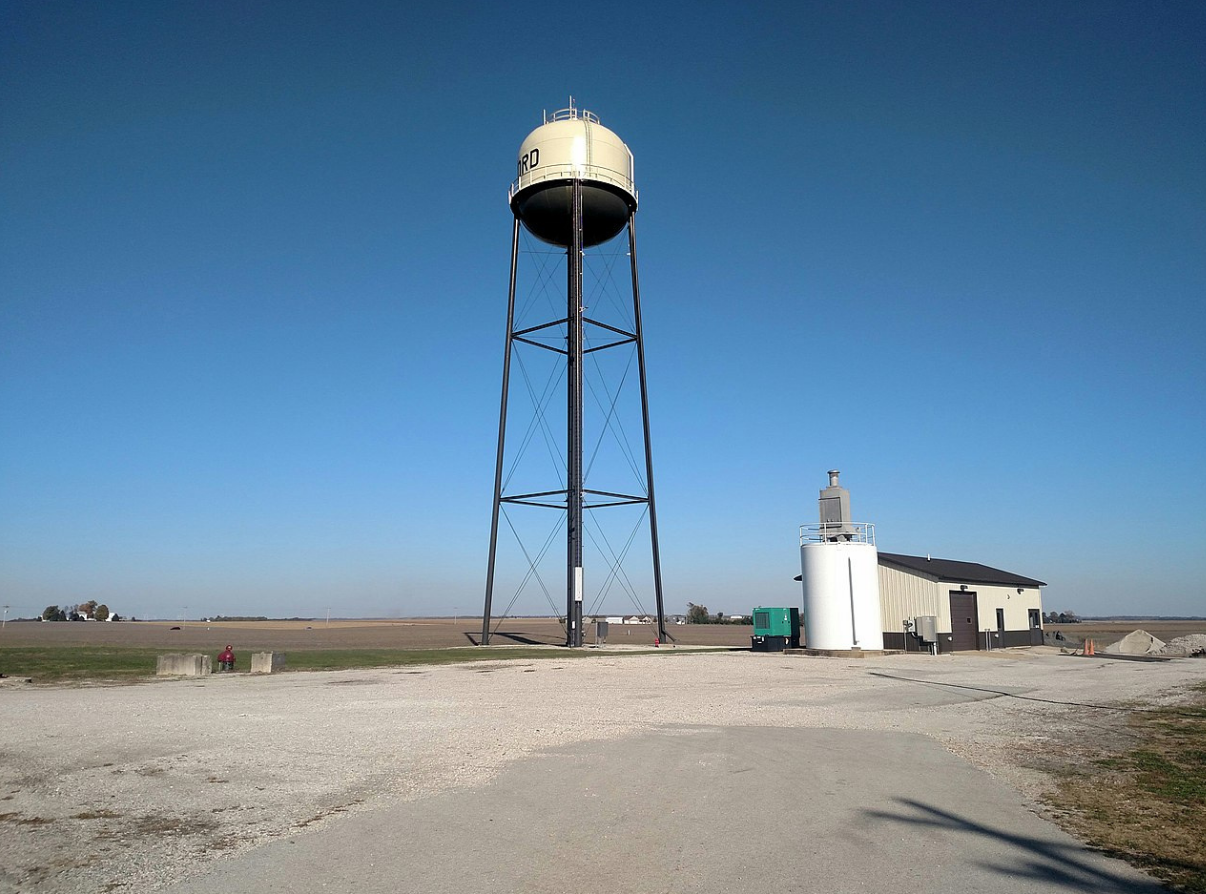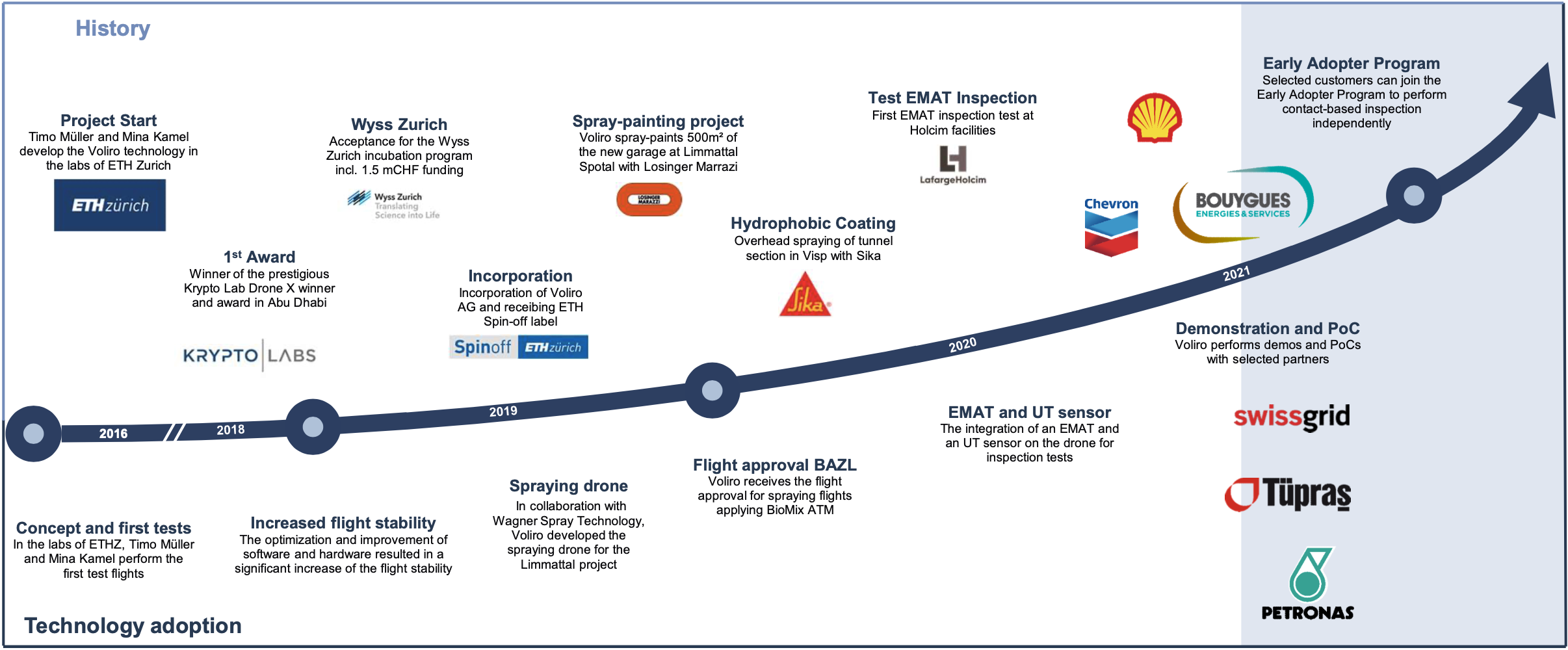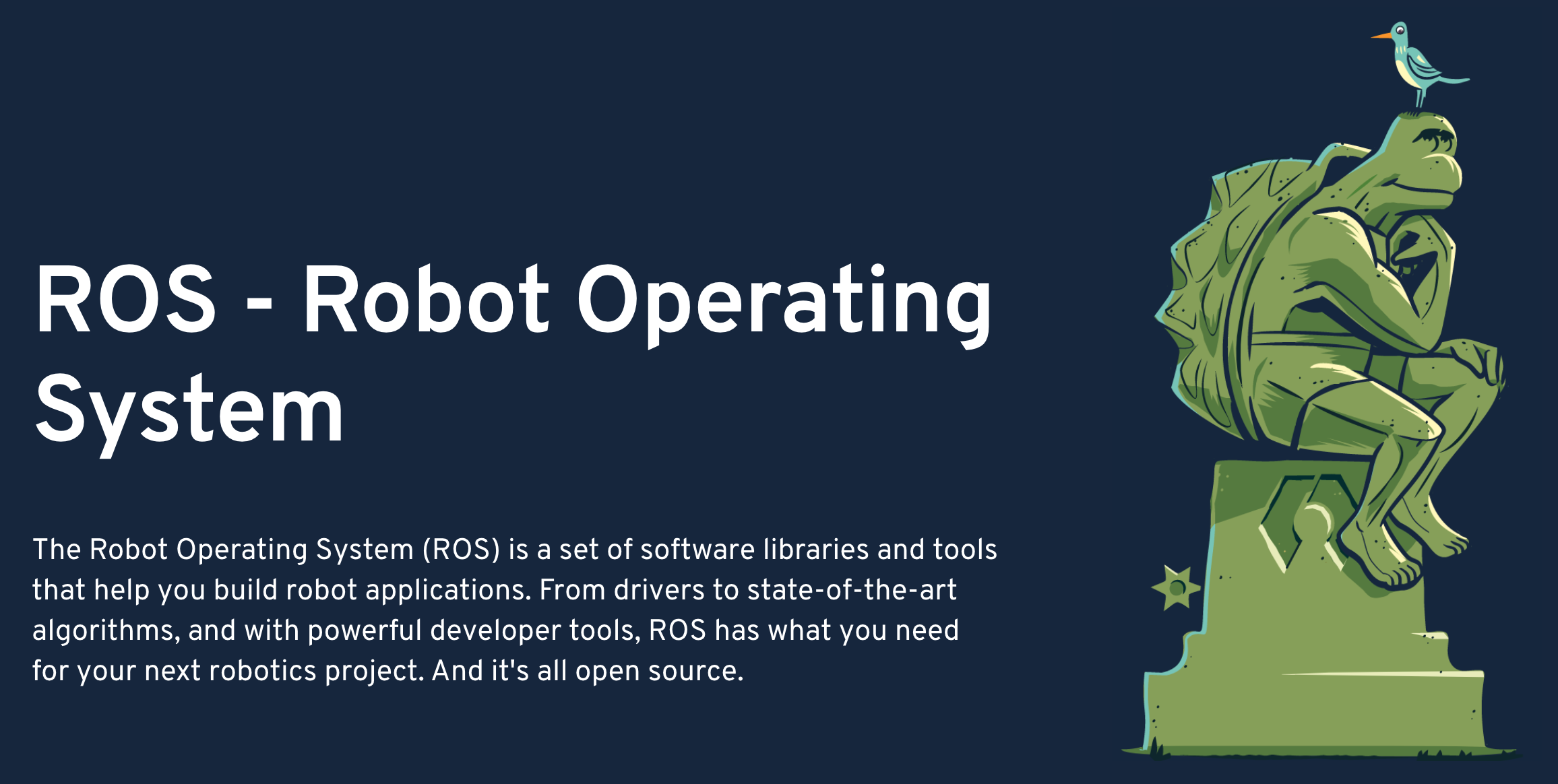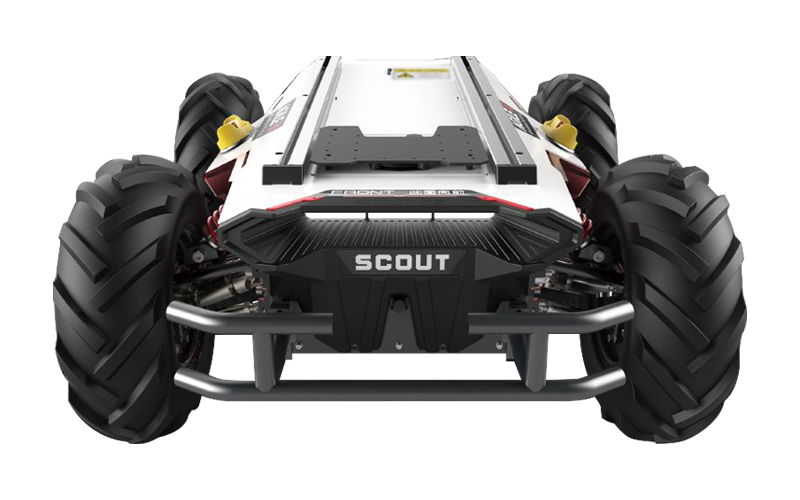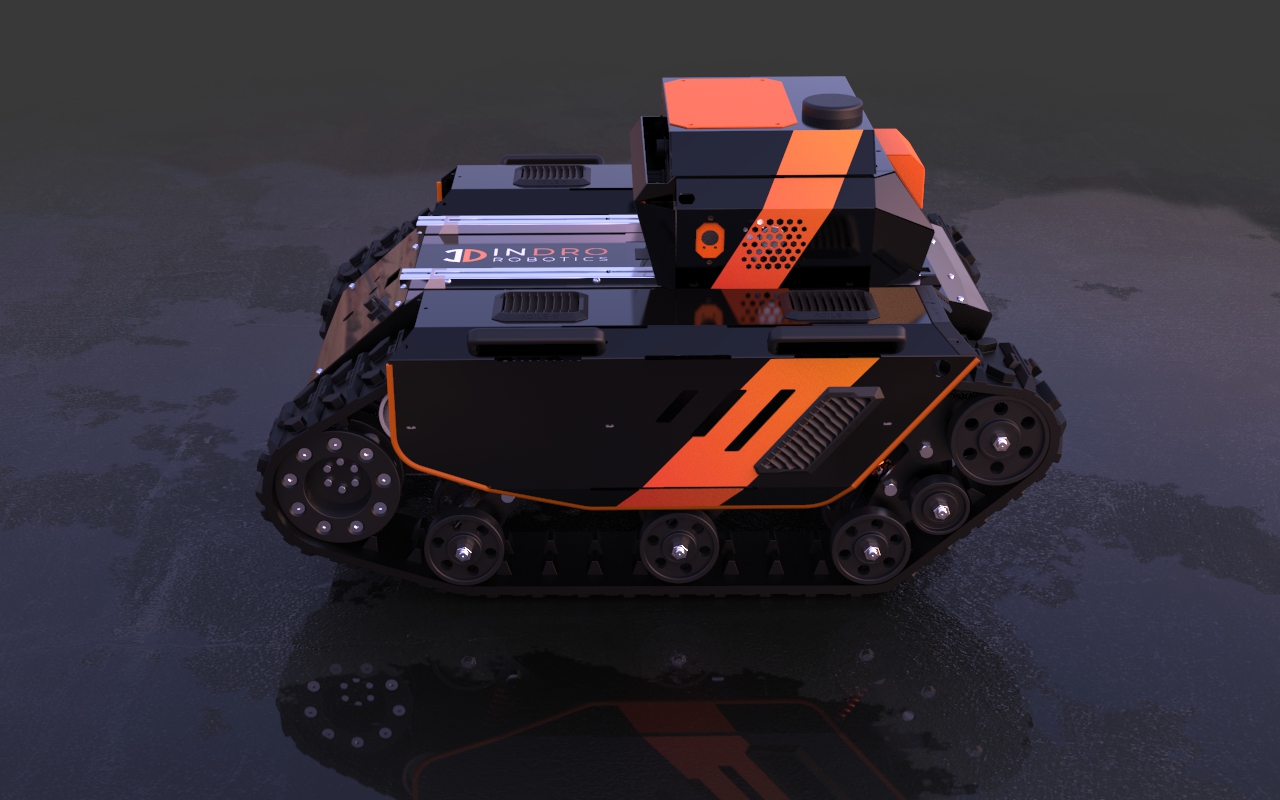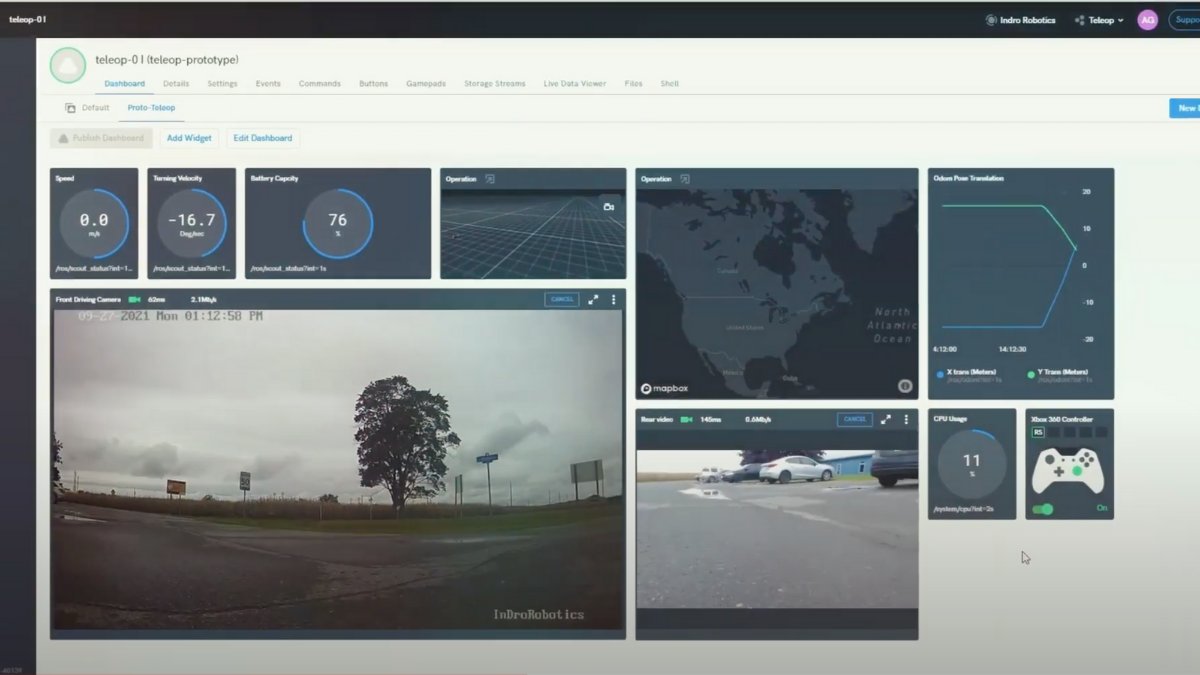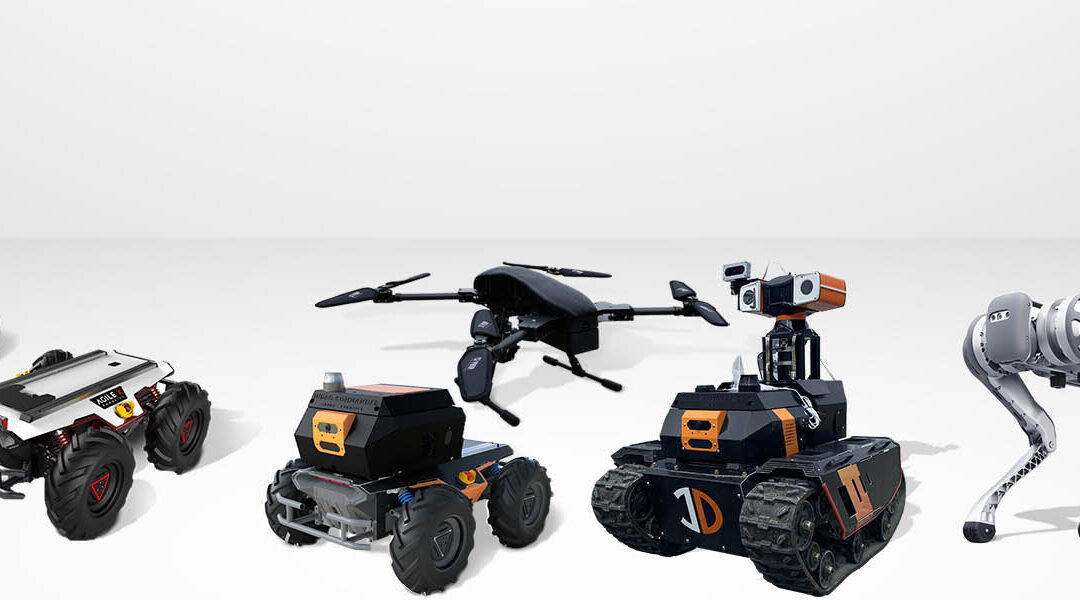
What InDro does
By Scott Simmie
Have you ever wondered: What exactly InDro Robotics does?
The answer might surprise you.
InDro is often described as a research and development company. While accurate, that isn’t very explanatory. So we’ll give the first word to CEO Philip Reece.
“InDro Robotics does a lot of different things – ranging from product development to service provision to creating and building solutions for global clients,” he says. “But all of these tasks have some things in common:
“This is an engineering-first company – dedicating to inventing, enhancing and deploying technologies and products that make difficult work easier and more efficient. Customers purchase these technologies, and we are also a service provider using these InDro innovations.”
That’s a good starting point. But what does that actually look like? We thought a good way to explain this might be to look at some of the milestones the company has accomplished between September of 2021 and 2022.
There are, unfortunately, some that we’re prohibited from telling you about due to non-disclosure agreements with clients. But even without those, it’s been a very productive year.
InDro Commander
We’ll start with something that has allowed many clients to quickly customise and deploy ground robots. You’ll see this in the image below; it’s the module sitting directly on top of the robot chassis below. Specifically, it’s toward the front of the chassis above the InDro Robotics logo.
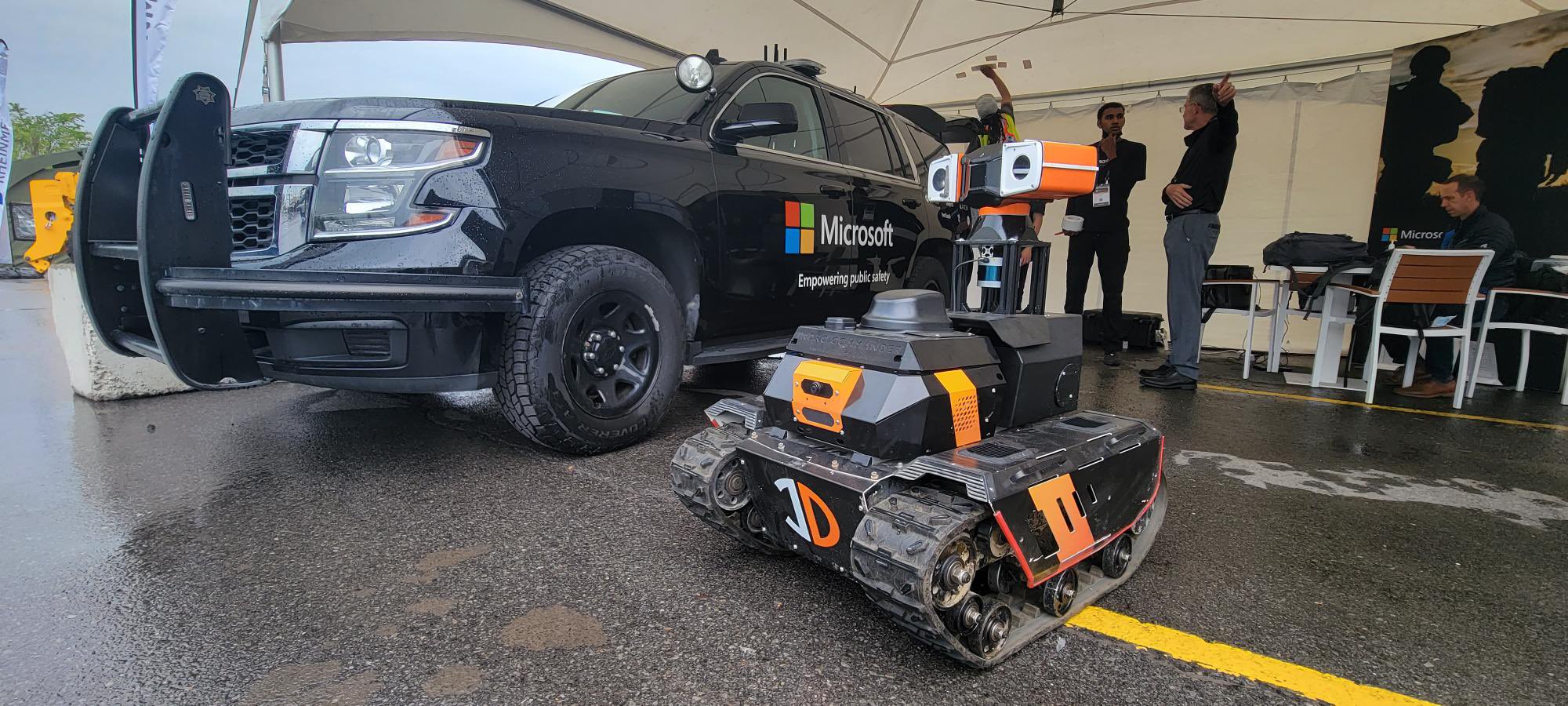
The process
There’s an interesting backstory here. One of the things InDro is known for is building custom robots designed for specific tasks. But building robots – especially building multiple robots with different functionalities – is hard work.
We have a head start on this process, because we use the excellent platforms built by AgileX, China’s leading producer of quality robotic platforms and locomotion systems. But – and you can ask any robot builder – the real challenge is building robots that do things besides move.
You need to integrate sensors – everything from optical and thermal sensors to LiDAR and even arms with end effectors. You’ve got to figure out how to power these sensors and pull their data – a task that involves much more than wiring. With most robots, it means finding and integrating the proper software from the Robot Operating System libraries (ROS and ROS2). Then you generally need an onboard computer to process that data – along with coming up with a solution to moving that data from the robot to somewhere else.
Our engineering team thought there had to be a better way. In particular, lead engineer Arron Griffiths envisioned a module that might act like a kit to make this process much, much easier. InDro Robotics then developed and tested a module that could be added to most ground robotic platforms. It contains a powerful Jetson computer for onboard EDGE processing, multiple USB slots for adding peripheral sensors, two wide-angle cameras to give the operator a 360° view of the robot’s surroundings, and more.
That “more” includes the ability to operate the robot, in realtime, over a 5G or 4G cellular connection. The browser-based console provides data from all sensors in a clean and easy to navigate dashboard. And the operation? You can simply use an Xbox controller and operate your newly integrated robot from down the street – or across the country.
You can learn more about InDro Commander in this story. But the point here is that our engineers identified a problem and came up with a solution. Many of our products have a similar origin: Thinking of a new way to do things that’s easier and more efficient.
InDro now regularly manufactures and ships Commanders to clients globally, providing the ability to rapidly customise any ground robot utilising the Robot Operating System – without all the hassle. (If you’re interested in more details, feel free to reach out to Account Executive Luke Corbeth.)
Now that you’ve got the Commander basics, let’s take a brief look at our ground inspection robot Sentinel.
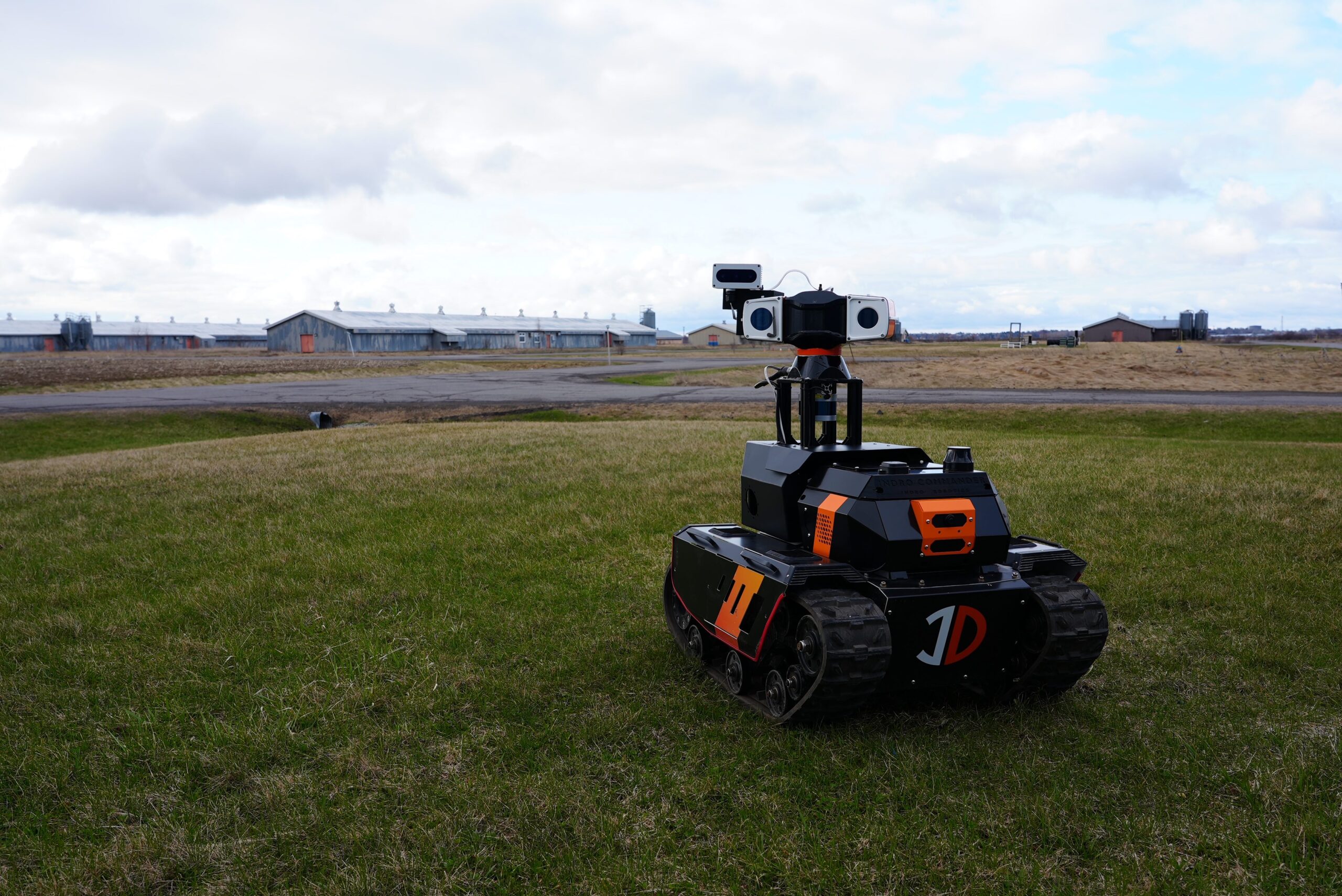
Location, location, location
The phrase doesn’t just apply to real estate.
Many companies have valuable assets in remote locations. To inspect such locations generally means dispatching one or two employees to make the often-long trek and then simply walk around and ensure things are working as they should be. They’ll check for any signs of corrosion or wear, perhaps watch and listen for electrical arcing or test for thermal anomalies, even watch out for signs that wildlife has been chewing on wires or building nests in locations that might pose a risk. Inspectors are also frequently dispatched following violent weather events.
InDro started thinking about this problem, with a particular focus on electrical substations – often-remote and uncrewed facilities where the current from high-voltage transmission Iines is stepped-down for delivery to consumers. What if a robot could be placed on site that could carry out these inspections remotely? In fact, what if InDro took the InDro Commander module and customised a new ground robot for the task?
That’s how Sentinel came to be. The tracked robot features a 30x optical tilt-pan-zoom camera, a thermal sensor – along with any additional sensors clients would like incorporated. Sentinel can autonomously return to its wireless charging base and can literally be left on its own for months. An operator can remotely carry out regular inspections, read gauges, capture high-resolution photo and video, check for thermal anomalies – and generally accomplish nearly everything that could be carried out by a human inspector without the time and expense. Plus, Sentinel can be dispatched within minutes when necessary.
You can read more about Sentinel here. The robot also recently took part in exhaustive testing at the Electrical Power Research Institute’s (EPRI) substation test facility in Lenox, Massechusetts.
This is a great example of where one InDro innovation – the Commander module – helped pave the way for a second innovation: Sentinel.
It also contributed to a third: The ROLL-E delivery robot:

ROLL-E
ROLL-E is another beneficiary of the InDro Commander invention. This delivery robot is capable of remotely teleoperated urban deliveries, such as from a retail outlet to a home.
InDro has already completed trials with London Drugs at a Victoria location, delivering goods purchased online for curbside pickup.
InDro now has a second-generation ROLL-E, which the company will be unveiling shortly. ROLL-E 2.0 has been purpose-built to maximize integration into an urban environment with features like signals, brake and running lights – and a series of cameras (including depth perception cameras) to provide the operator with a 360° view of ROLL-E’s surroundings. Goods are contained in a secure cargo bay that opens only when the recipient interacts with a touch-screen.
And that’s not all.
InDro is currently building the InDro Backpack – a smaller version of Commander. Its purpose? To offer the same capabilities for teleoperation and high speed data transmission on the Unitree GO1 and its other quadrupeds.
Here’s a brief video demonstrating teleoperation of the GO1 as the backpack was under development; InDro anticipates the bolt-on 4G/5G system will be ready for clients later this fall.
What about drones?
Good question. While we were developing Commander, a similar but separate project was underway for aerial robots.
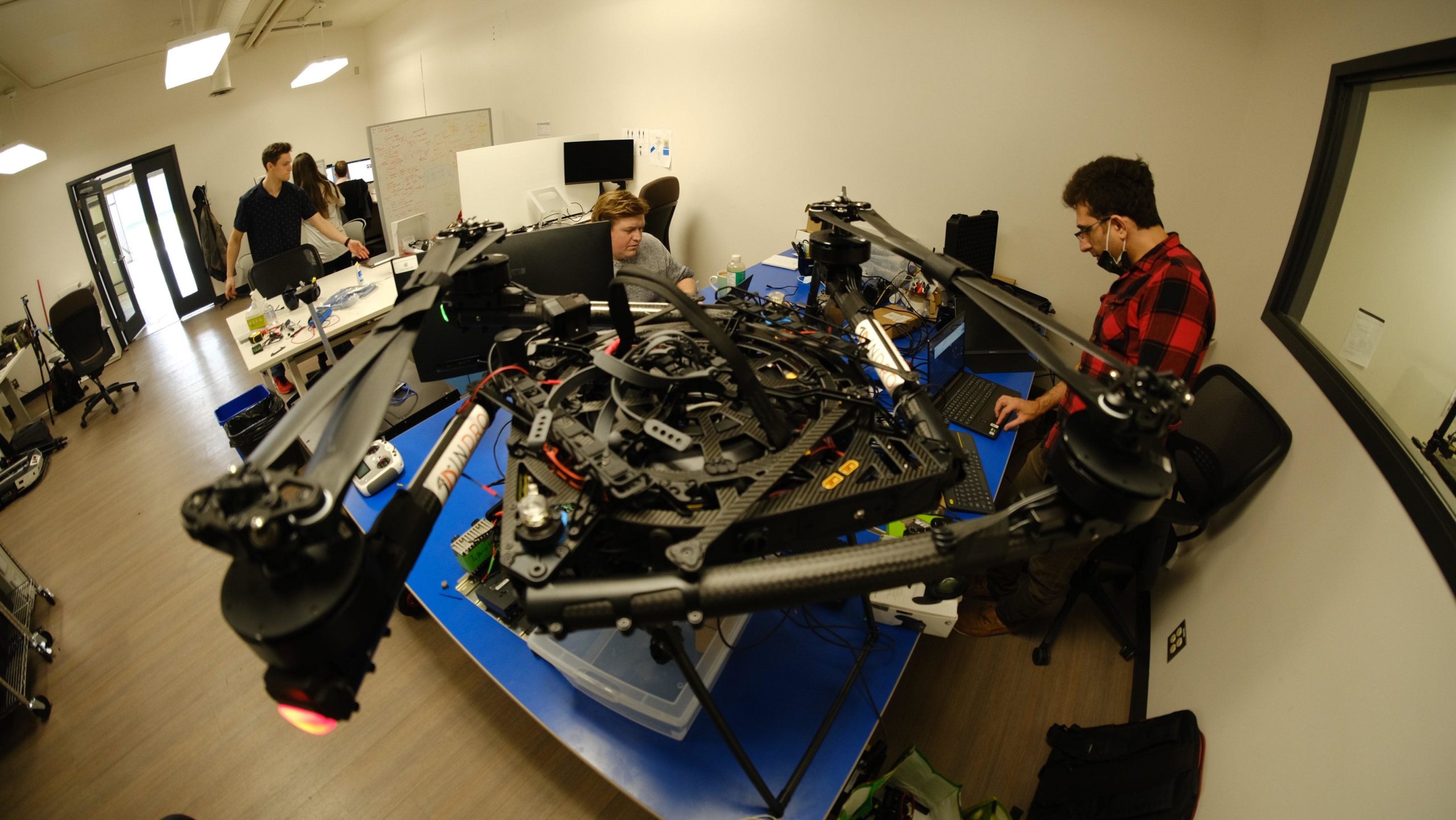
InDro Capsule
See that guy on the right? That’s Ahmad Tamimi, an engineer at InDro’s Area X.O location in Ottawa.
When this photo was taken in the fall of 2021, he was deep into something called NERDS (Network Enhanced Realtime Drone project). It was a technology challenge in conjunction with the Ontario Centre of Innovation, Ericsson and the ENCQOR 5G network – a testbed corridor that runs through Quebec and Ontario.
You can find full details of that project here – and a link to InDro’s White Paper on NERDS here. But in a nutshell, Tamimi created a module similar to Commander, only for Enterprise drones using the Pixhawk flight controller. It enables operations over cellular, including real-time dense-data uploads directly to the cloud during flight. It also broadcasts to nearby traditional aircraft that a drone is operating – a tremendous boost to BVLOS flights.
Here’s a picture of that module on top of our Wayfinder drone:

InDro Pilot
InDro didn’t stop there. The company created an entire software suite – InDro Pilot – for Enterprise drones (and, specifically, drones using the InDro Capsule).
That software makes it a snap to add and integrate other sensors onto drones and carry out low-latency flights over cellular networks. As with Commander, sensors can simply be plugged in to InDro Capsule, and the dashboard allows for drag-and-drop sensors modules to be added to the software suite. Want a winch? Simply add on the winch module and all operational controls and parameters are added to the InDro Pilot software. A robust and encrypted link between the InDro Ground Station and the drone ensures that any data collected remains secure.
This project was completed in that 2021-2022 window we established earlier. InDro is currently creating a smaller and lighter InDro Capsule for commercialization of the entire InDro Pilot system.
Here’s a screen grab of the winch software module:
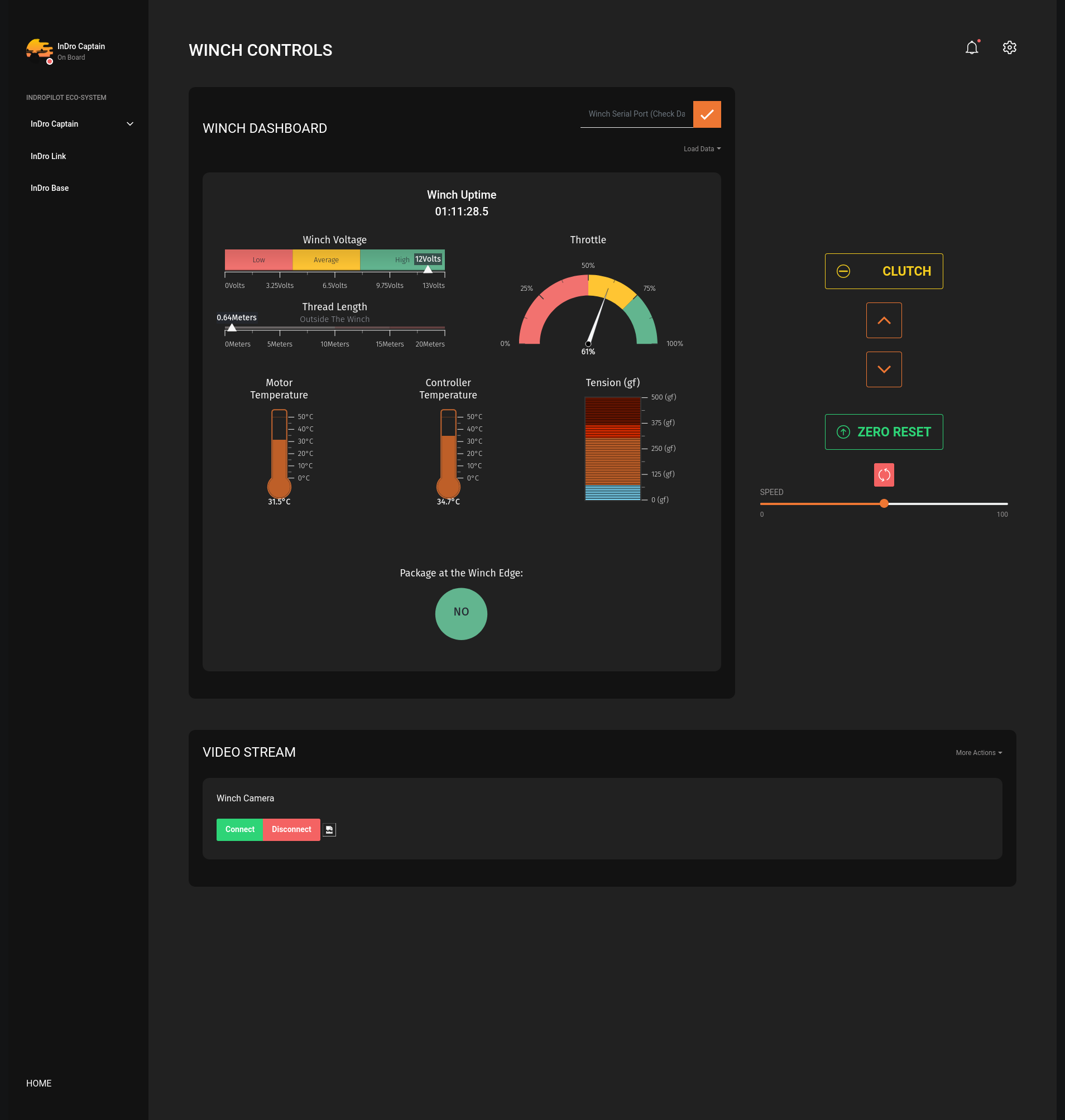
One more time
And here’s a look at the complete system…
Again, if you’d like a more thorough look at that system you’ll find far more details here.
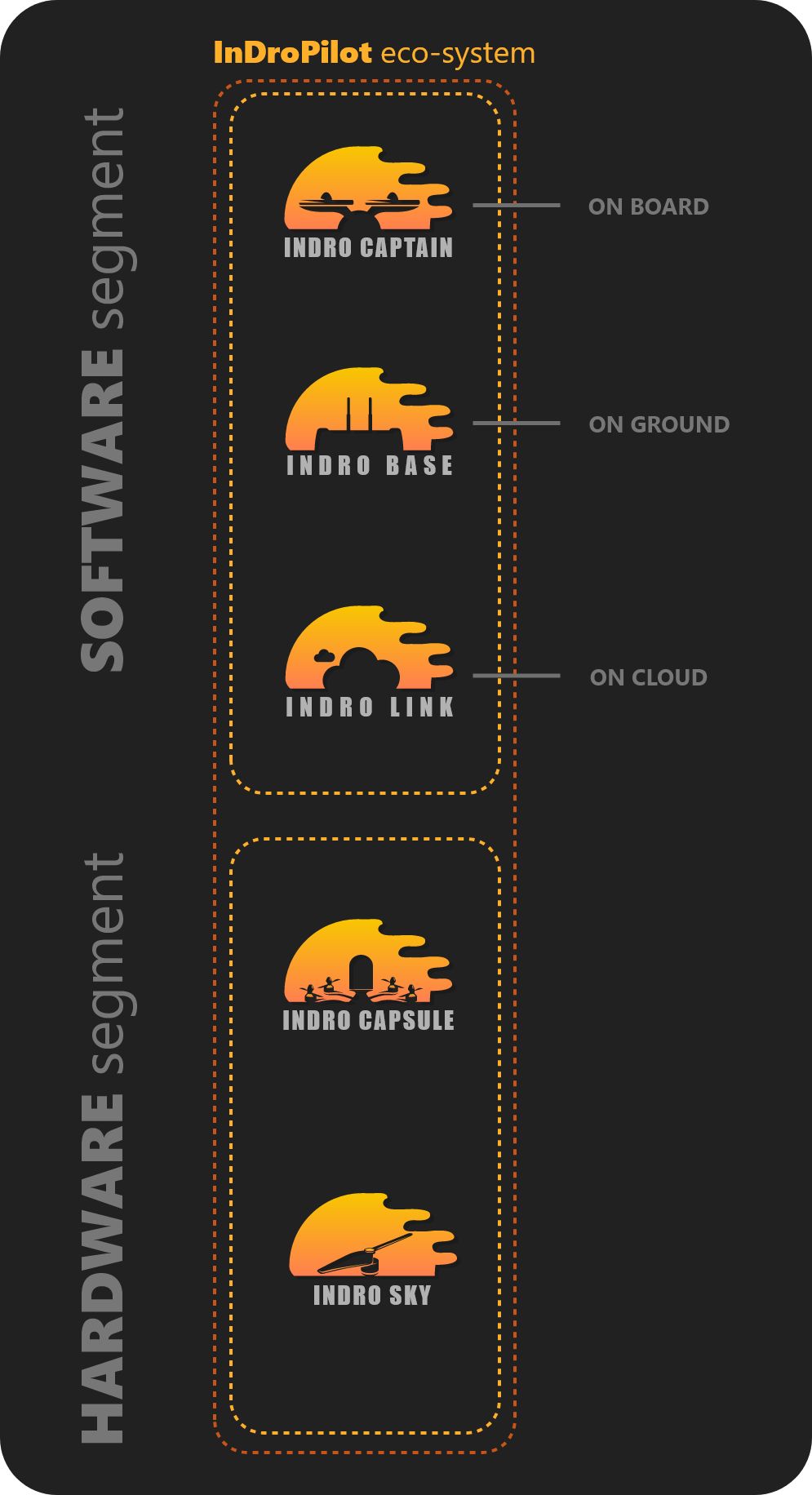
That’s not all…
As mentioned, it’s been a highly productive year at InDro. We’ve flown drones in the NRC Wind Tunnel in Ottawa for research on urban wind tunnels. The company has partnered with UBC, Honeywell and others on a major research project involving flights over 5G and using AI software to precisely predict energy demands and costs of any planned drone mission.
As drones begin deliveries at scale in the future, the data being obtained about the capabilities of 5G networks to handle multiple drones simultaneously – as well as costs – will be tremendously useful to the industry-at-large.
All this, while carrying out service provision for clients on a global scale, including this mission in Saudi Arabia. (That’s our photogrammetry/GIS specialist Eric Saczuk in the photo).
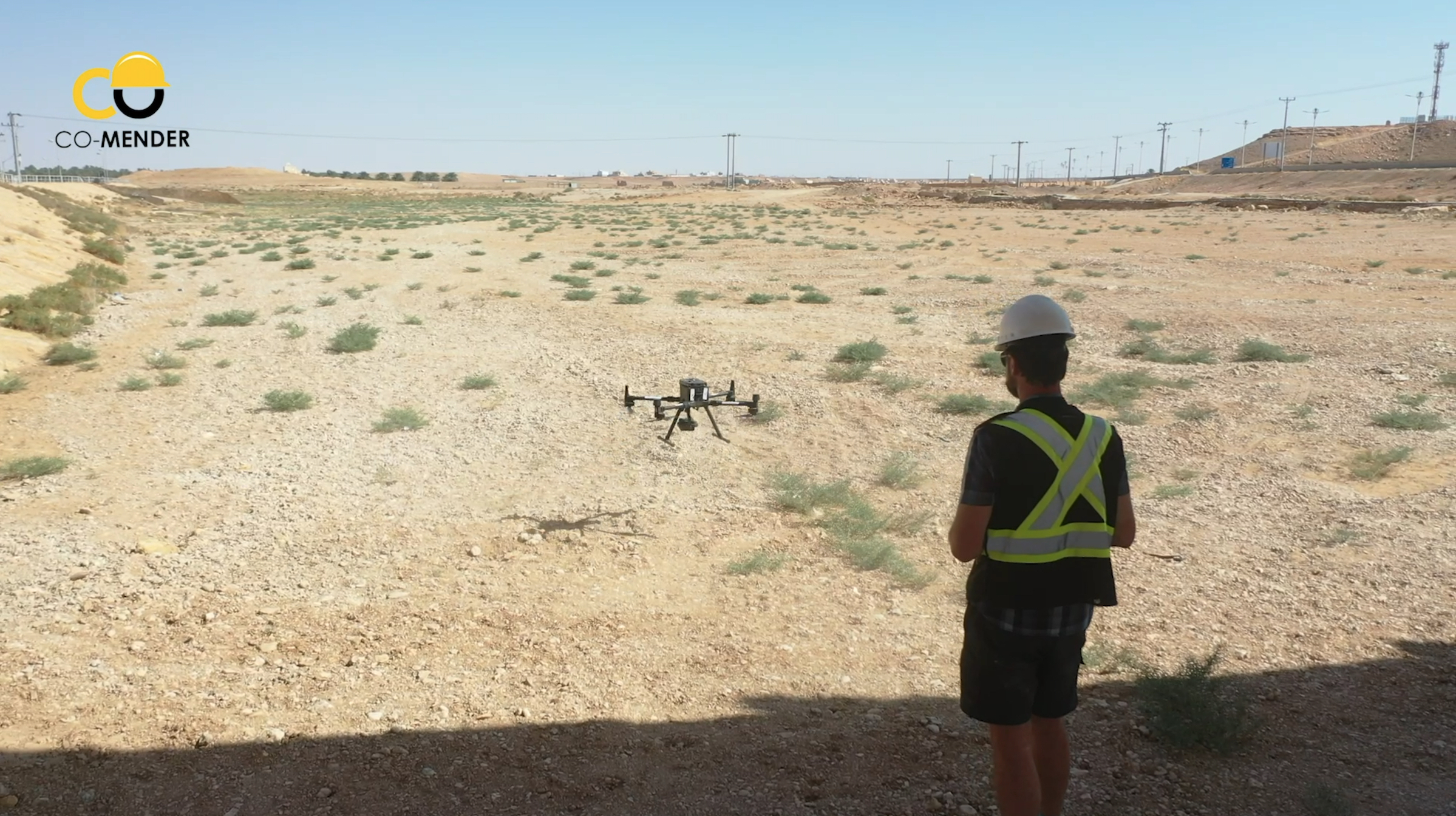
Before we forget…
InDro was also in the news this year for its role in the Drone Detection Pilot Project at the Ottawa International Airport.
During the protests in the nation’s capital, data obtained by the system revealed that scores of unauthorized drone flights were taking place in restricted airspace – including above Parliament Hill, over 24 Sussex Drive, and even near embassies and other sensitive locations.
InDro takes part in this project – and supplies the drone detection equipment for free – because there’s valuable data being obtained that contributes to both safety at YOW and informed policy and procedures.
In fact, the news even made the cover of WINGS magazine:

Wait, there’s more!
Hard to believe, but there is (and congrats for sticking through this long-ish read!).
InDro reached several other milestones between the fall of 2021 and 2022. The company can’t, unfortunately, share details of these due to non-disclosure agreements. But innovative solutions have been created for global clients. In one example, a prototype robot was so successful that InDro received orders for many more.
On top of that, the company has worked closely with industry and regulatory partners during this period, including delivering InDro Pilot-enabled drones to Transport Canada and assisting RPAS parachute manufacturer AVSS with testing of its latest product.

InDro’s Take
With an agile and motivated team, InDro Robotics has created multiple new and innovative products in the course of a single year. Some of these were created specifically for clients, while others were organic in nature. The development of InDro Commander has paved the way for multiple robots (Sentinel, ROLL-E, ROLL-E 2.0). In addition, the company has shipped custom Commander-enabled robots to clients – including one fully customized for Solar Farm inspection. Many clients are now order Commander modules to make the customization of their own ground robotics platforms a vastly easier process.
In addition, the development of the InDro Capsule and InDro Pilot system for Enterprise drones will soon allow clients to easily customize their RPAS with additional sensors, along with secure high-data bandwidth (direct to Cloud) and remote teleoperations via console over cellular networks. Stay tuned for more on that.
CEO Philip Reece got the first word in this summary; he also gets the last:
“I’m justifiably proud of our team for the multiple milestones we’ve surpassed during the past year,” he says. “InDro has created numerous products – and participated in multiple projects – where we’ve been able to push the envelope. Every single one of these products and processes uses technological innovations to make hard jobs easier, or to significantly expand the capabilities of drones and robots. The team has really hit its stride.”
Hopefully, this gives you a much better idea of What InDro Robotics Does. And why we proudly call ourselves an R&D company.

